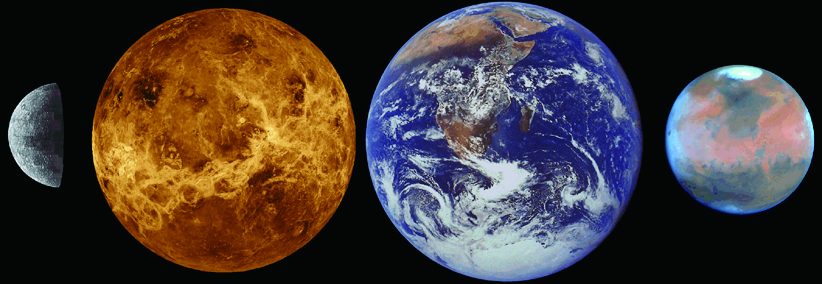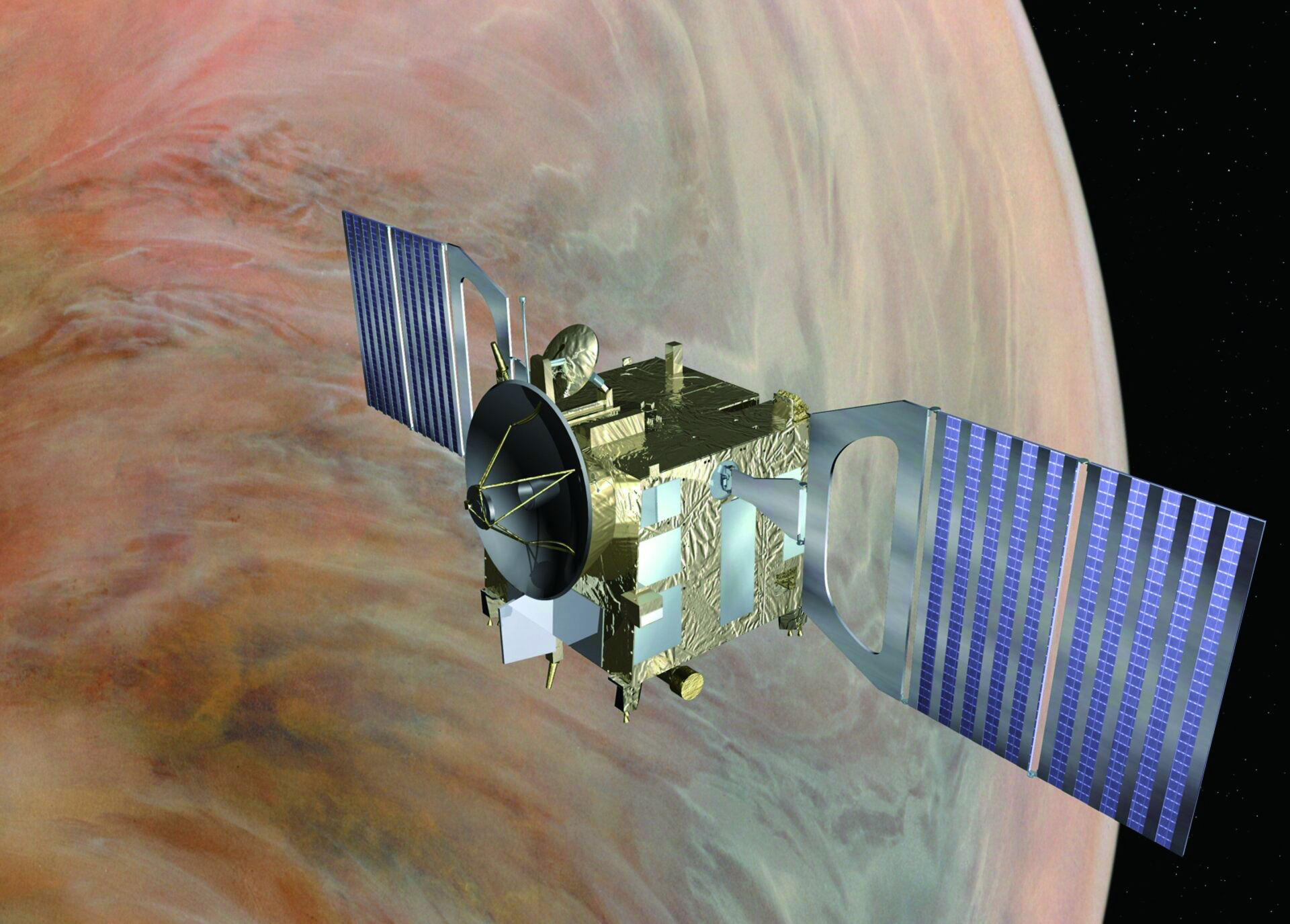주메뉴
- About IBS 연구원소개
-
Research Centers
연구단소개
- Research Outcomes
- Mathematics
- Physics
- Center for Theoretical Physics of the Universe(Particle Theory and Cosmology Group)
- Center for Theoretical Physics of the Universe(Cosmology, Gravity and Astroparticle Physics Group)
- Center for Exotic Nuclear Studies
- Center for Artificial Low Dimensional Electronic Systems
- Center for Underground Physics
- Center for Axion and Precision Physics Research
- Center for Theoretical Physics of Complex Systems
- Center for Quantum Nanoscience
- Center for Van der Waals Quantum Solids
- Chemistry
- Life Sciences
- Earth Science
- Interdisciplinary
- Center for Neuroscience Imaging Research(Neuro Technology Group)
- Center for Neuroscience Imaging Research(Cognitive and Computational Neuroscience Group)
- Center for Algorithmic and Robotized Synthesis
- Center for Genome Engineering
- Center for Nanomedicine
- Center for Biomolecular and Cellular Structure
- Center for 2D Quantum Heterostructures
- Center for Quantum Conversion Research
- Institutes
- Korea Virus Research Institute
- News Center 뉴스 센터
- Career 인재초빙
- Living in Korea IBS School-UST
- IBS School 윤리경영


주메뉴
- About IBS
-
Research Centers
- Research Outcomes
- Mathematics
- Physics
- Center for Theoretical Physics of the Universe(Particle Theory and Cosmology Group)
- Center for Theoretical Physics of the Universe(Cosmology, Gravity and Astroparticle Physics Group)
- Center for Exotic Nuclear Studies
- Center for Artificial Low Dimensional Electronic Systems
- Center for Underground Physics
- Center for Axion and Precision Physics Research
- Center for Theoretical Physics of Complex Systems
- Center for Quantum Nanoscience
- Center for Van der Waals Quantum Solids
- Chemistry
- Life Sciences
- Earth Science
- Interdisciplinary
- Center for Neuroscience Imaging Research(Neuro Technology Group)
- Center for Neuroscience Imaging Research(Cognitive and Computational Neuroscience Group)
- Center for Algorithmic and Robotized Synthesis
- Center for Genome Engineering
- Center for Nanomedicine
- Center for Biomolecular and Cellular Structure
- Center for 2D Quantum Heterostructures
- Center for Quantum Conversion Research
- Institutes
- Korea Virus Research Institute
- News Center
- Career
- Living in Korea
- IBS School
News Center
| Title | The Scientist Who Chases After the First Rising Star at Dawn | ||||
|---|---|---|---|---|---|
| Name | 전체관리자 | Registration Date | 2023-01-06 | Hits | 2931 |
| att. |
 행성대기.png
행성대기.png
|
||||
The Scientist Who Chases After the First Rising Star at DawnThe Scientist Who Chases After the First Rising Star at Dawn In June 2022, the Institute for Basic Science (IBS) launched a new Pioneer Research Center (PRC) in the earth science field – ‘The Pioneer Research Center for Climate and Earth Science’. The new PRC was established alongside its first research group, the ‘Planetary Atmospheres Group’. Dr. LEE Yeon Joo (age 39), a researcher from the German Aerospace Center (DLR), was appointed as the CI (Chief Investigator) of this new Group.
When the Sun rises over the horizon and heralds a new day, there appears a morning star brighter than any other celestial body in the eastern sky. The star symbolizes a fresh new start and has long piqued scientists’ curiosity. Dr. LEE Yeon Joo, Chief Investigator of the Planetary Atmospheres Group under the Pioneer Research Center for Climate and Earth Science, is one of them. Dr. LEE has long had a deep curiosity about the star and closely monitors her morning star. A scientist who fell in love with the goddess of beautyIBS Research met CI LEE at the IBS Headquarters in Daejeon in June. The Planetary Atmospheres Group, led by CI LEE, is the first research group of the new Pioneer Research Center for Climate and Earth Science. The IBS plans to gradually establish more research groups going forward.
CI LEE’s group chose Venus as its first research subject. She has been interested in the planet since she received her degree. Why Venus? After all, there are many other planets in the solar system. “My master’s degree was in the Earth’s atmosphere. When I was looking for schools to pursue my doctoral degree, I came across the Venus exploration missions. The fact that we know so little about this planet despite its close proximity to Earth intrigued me.” CI LEE has been pursuing Venus ever since. When she conducted her doctoral research at the Max Planck Institute for Solar System Research (MPS), she joined the team for the Venus Express, an exploration spacecraft for Venus launched by the European Space Agency (ESA) in 2005. She received a doctorate for her research while on the team. Then, she joined the team for Akatsuki, also known as Planet-C, a Venus exploration spacecraft launched by the Japan Aerospace Exploration Agency (JAXA) in 2010 to investigate the atmosphere of Venus. At that time, her research on the relationship between UV reflectivity and the latitudinal speed of Venus’ atmosphere was recognized as an excellent research achievement by the American Astronomy Association (AAS). CI LEE jumped at every opportunity to observe Venus and joined other planetary exploration teams. Spacecraft exploring space away from Earth fly closely by other planets on their way to their destinations. This helps them to gain speed in that they are attracted to each planet’s gravitational pull and then leave that planet at a faster speed, using that planet as a sort of slingshot. This has the added benefit of allowing scientists to observe those planets as well as the destination object. The Voyager space probes transmitted massive amounts of data when they flew by Jupiter and Saturn, and they both eventually left the solar system. CI LEE did not miss the chance of getting another glimpse of Venus by joining the BepiColombo project in 2015, which was jointly led by ESA and JAXA to explore Mercury. It is no exaggeration to say that she joined most of the well-known Venus exploration projects. The goal is to build a CubeSat that can observe the planets of our solar system and put it into orbit.Listening to her story, one might be curious about the projects CI LEE will launch at the IBS. Korea launched its first lunar orbiter on August 4, 2022, but does not have any plans to send one to Venus. Then, how will she continue to research Venus? “You don’t need to send an exploration spacecraft to study Venus. There are many ways of observing it.” Out of all the planets that can be observed from Earth, Venus is the third brightest object after the Sun and the Moon. At its brightest, Venus’ magnitude is about -4.5, about 16 times brighter than Sirius, which is more luminous than any other visible star. You do not need to be good at finding stars to spot Venus. If you spot something bright in the sky in the West right after sunset or in the east right before sunrise, it is probably Venus. It is easy to spot but finding it during the day is impossible. As Venus’ orbit is inside that of the Earth, it rises and sets along with the Sun, meaning that it is in the sky during the day. The Sun is so bright during the day that no heavenly body can be seen from Earth, and Venus is not an exception. “My plan is to develop a CubeSat designed to explore Venus and put it into the Earth’s orbit.” A CubeSat is a miniaturized satellite of only ten centimeters cubed. It was first devised for graduate students at Stanford University for educational purposes in 1999 and launched into space in 2003. This small satellite has many applications. It can be used to observe the ground, monitor illegal logging, or track wild animals, and so on. As for space exploration, it can be used as a communications relay during a spacecraft’s journey. CubeSats provided relay communications from InSight, a Mars lander launched in 2018, to Earth during its landing on Mars. In September this year, a spacecraft will be intentionally made to collide with an asteroid, and the process will be relayed by a CubeSat. CI LEE plans to observe Venus with a CubeSat fixed to face the planet. “An exploration spacecraft, as it gets nearer to Venus, can observe a narrow range with high resolution. To better understand Venus, it is important to see how the planet as a whole is changing.” A CubeSat will be a good means to realize her plan. As it observes the planet from the outside of the Earth’s atmosphere, the time of day is not a significant issue. If the miniature satellite can be put into a polar orbit that passes over the poles, Venus can be observed every 90 minutes. If you observe Venus regularly, you will be able to understand how it changes in more detail. You can get more information from a video than a photo, anyway. A CubeSat is expected to help obtain meaningful data about immediate changes in Venus. Astronomers focus on Venus
Venus has not had much appeal in Korea. Unlike the Moon, to which astronauts were sent, or Mars where manned explorations are likely in the near future, a manned exploration on Venus would be daunting. Data from Venus exploration spacecraft sent by the U.S. and the Soviet Union in the 1960s revealed that its surface temperature is above 400℃. Its atmosphere is heavy with carbon dioxide, which is thought to create an extreme greenhouse effect. In the 1970s and 1980s, the Soviet spacecraft called Venera successfully touched down on Venus’ surface. Venera 13 transmitted data for about 2 hours. Through the series of such explorations, we know that Venus’ surface is completely dry. The planet is now receiving more attention as new aspects of Venus have been released. The clouds of Venus are mostly made up of sulfuric acid, and there is an unknown absorber at the top level of the clouds. The absorber absorbs energy at near-ultraviolet and visible blue wavelengths. It was first observed about a century ago, and some particles have been proposed to make up the absorber. “Changes in solar energy (UV) absorption would affect Venus’ atmospheric circulation. There is a possibility that Venus’ climate is changing as solar energy and atmospheric circulation have something to do with climate.” Climate change on the Earth is driven by solar energy. Where there is much solar energy, an updraft is created. Less solar energy creates a downdraft. Updrafts and downdrafts drive atmospheric circulation. Therefore, how much solar energy is absorbed or reflected depends on the atmospheric conditions on Earth. If there are thick clouds, for example, much of the solar energy will be reflected. Then, what about Venus? It is always covered with thick clouds. Scientists are interested in the unknown absorber at the top of Venus. “Solar reflectance changes according to the volume of the absorber. When observing Venus, you can find dark and light areas. The dark patches are where the absorber absorbs much UV, while the bright patches reflect much UV. What is the unknown object and why such a phenomenon occurs is the riddle we need to solve.”
As there is much to be explored, countries around the world are announcing plans to send a space probe to Venus. Last year, ESA and NASA confirmed that they would do so. ESA is launching the EnVision spacecraft, and NASA decided to send DAVINCI+ and VERITAS. Russia unveiled its Venera-D mission in follow up to the Venera program completed in 1984. India is preparing for its Shukrayaan-1 mission to Venus. CI LEE at the IBS is preparing to consistently observe Venus with a CubeSat in line with those missions. “When those space probes are observing Venus in its vicinity, we will observe the planet from Earth to investigate changes in Venus in more detail.” As the Center was just recently established, there are many things to do. First and foremost, she must hire a team of talented researchers to work with “We are looking for those who have a passion for space science research as well as a startup that will develop a CubeSat together with us. There is a lot of work to do.” CI LEE said that she is willing to visit not just research institutes at home and abroad but also universities to find the needed talents. |
|||||
| Next | |
|---|---|
| before |
- Content Manager
- Public Relations Team : Yim Ji Yeob 042-878-8173
- Last Update 2023-11-28 14:20















